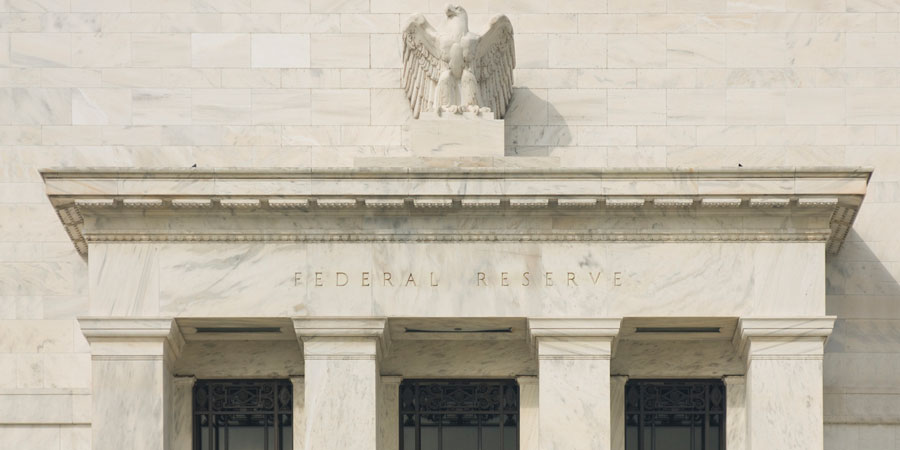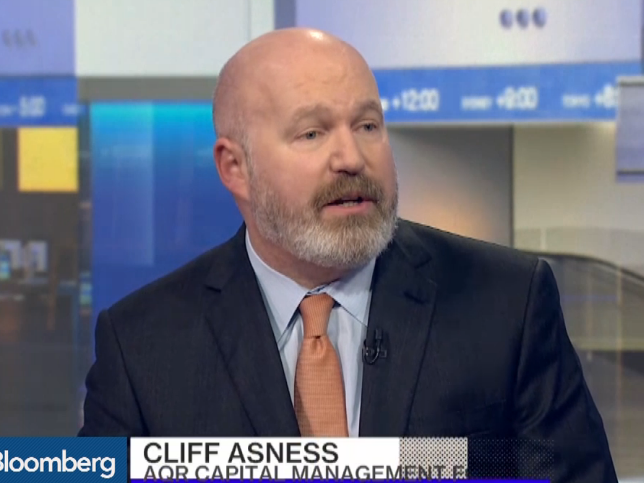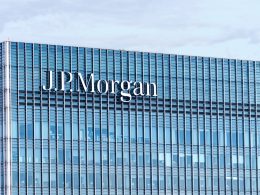Why I’m not worried about the Federal Reserve
by Matt Brill, Senior Portfolio Manager, Invesco Fixed Income, Invesco Canada
The Federal Open Market Committee (the Fed) is set to convene its final meeting for 2017. It promises to be the event the markets have been waiting for since 2008.
The Fed is widely expected to announce the unwinding of its highly accommodative monetary policy – enacted in response to the financial crisis.
The process will require a deft touch.
Just over four years ago, the markets recoiled from the notion of unwinding the Fed’s balance sheet, resulting in the “taper tantrum” of 2013.
That reaction inspired the Fed and other central banks to provide far more transparency.
I expect the Fed will tell us not only how much they’re going to take off their balance sheet, but how long it’s going to take. I also expect the market will be given six to nine months of advance notice before each subsequent move.
In terms of size, I don’t expect the Fed will return to its pre-crisis balance sheet tally of $1 trillion. That would entail a reduction of $3.5 trillion, which might be difficult for the market to swallow.
A more realistic target is that the Fed will unwind to about the $2.5 trillion to $3 trillion level, meaning a reduction of about $1.5 to $2 trillion. In the end, the balance sheet will be higher than its pre-crisis tally, which I believe won’t have so severe an effect as some people may fear.
In my opinion, the Fed won’t actually sell anything; it will simply reinvest less. I don’t expect there will be any serious domino effect in the broader market.
If mortgages were to sell off, it could pose a threat to other traditional fixed income, like corporate credit, because it would reduce demand.
But I believe bank balance sheets continue to need mortgages, so I don’t expect a sell-off, nor will mortgage yields head much higher.
In fact, I believe that we’re not in a rising rate environment – we’re in a Fed-hiking environment.
While the Fed may be hiking short-term interest rates, I believe the impact on longer-term rates will be greatly muted. As short-term rates rise, I expect the yield curve will flatten, rather than shifting higher across the board.
While the team managing Invesco Global Bond Fund team doesn’t expect overall longer-term yields will head higher, we recognize that its possible and we have an allocation to floating rate securities which can benefit from that. Our typical allocation would be around 5% to 10% of the portfolio.
Our second insurance policy is an allocation to corporate securities and risk asset securities, such as commercial-mortgage-backed securities or asset-backed securities. These trade with an additional spread over government securities, due to the added risk.
Of course, rising rates could signal that global economies are doing well and that central banks no longer fear a recession or deflation.
In such an environment businesses are typically better able to service their debt, mitigating some of the risk associated with corporate issues.
The credit spread between corporates and sovereigns should contract, which would help offset rising interest rates at the treasury level.
I look forward to discussing global fixed income in future blog posts. In the meantime, to learn more about Invesco Global Bond Fund visit InvescoGlobalBond.ca
This post was originally published at Invesco Canada Blog
Copyright © Invesco Canada Blog














